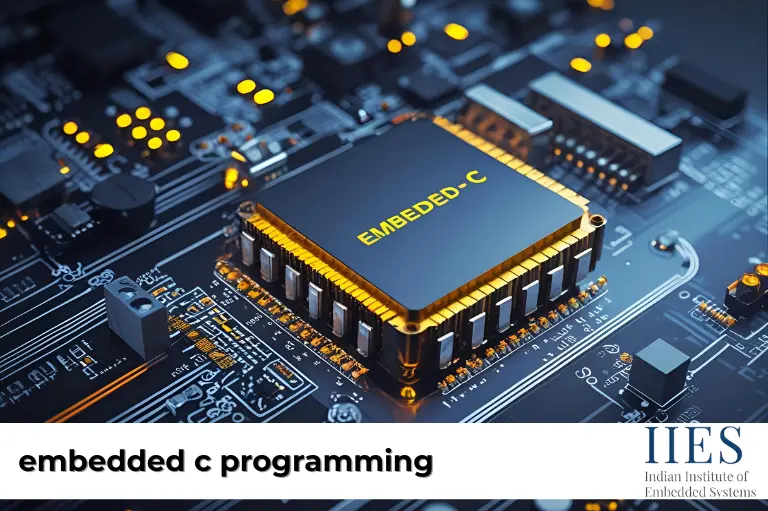
Embedded systems power everything from home appliances to smart cars, and writing efficient C code for them requires reliable libraries. In this guide, we’ll explore seven essential C libraries that simplify development, boost performance, and ensure secure, real-time embedded applications.This blog is designed for developers learning embedded C programming and professionals working with microcontrollers.
Embedded C programming relies on top 7 proven libraries that ensure secure, efficient, and scalable embedded system development. Use these libraries to simplify coding and boost project performance.
When working on embedded systems, developers face unique challenges like limited memory, real-time execution, and direct hardware interaction. Instead of writing every function from scratch, libraries provide pre-built, optimized, and tested code that saves time and reduces errors.
By leveraging the right C libraries, you can:
For developers focusing on programming embedded systems in C or learning C programming for microcontrollers, these libraries are vital for professional projects.
FreeRTOS is one of the most widely used open-source RTOS kernels for embedded devices. Designed to be lightweight, it provides real-time scheduling and task management for resource-constrained systems.
FreeRTOS is often paired with embedded software development tools and embedded systems testing tools to streamline development.
Developed by ARM, CMSIS is a hardware abstraction layer (HAL) that standardizes software interfaces for Cortex-M microcontrollers. It allows developers to write consistent code across multiple ARM-based devices.
For microcontroller embedded C programming, CMSIS provides the foundation to build efficient and portable applications.
lwIP (Lightweight IP) is a small open-source TCP/IP stack designed for embedded systems that require internet or network connectivity while keeping memory usage minimal.
Developers working with embedded development tools often integrate lwIP to enable reliable network communication.
Formerly known as PolarSSL, mbed TLS is an open-source cryptographic and SSL/TLS library. It provides the building blocks for secure communication in embedded systems, making it a go-to choice for IoT security.
For developers studying embedded C programming examples, mbed TLS demonstrates how security libraries are integrated into real projects.
The Hardware Abstraction Layer (HAL) provides standardized APIs to interact with microcontroller peripherals. By abstracting hardware details, HAL makes your code portable and easier to maintain.
HAL is particularly important in 8051 embedded C programming and C programming in 8051 microcontroller projects.
The Embedded C Standard Library is a minimal version of the standard C library, optimized for microcontrollers and constrained environments. It offers the essential functions developers need without the overhead of a full C library.
Many embedded C libraries are built on top of the standard library to extend functionality for real-world use cases.
Segger’s emWin is a professional GUI library designed to create rich, interactive user interfaces for embedded systems. It enables developers to build intuitive UIs without worrying about performance bottlenecks.
When paired with embedded systems testing tools, emWin helps ensure UI performance and stability.
Choosing the right C libraries for embedded systems can define your project’s success. From FreeRTOS for real-time scheduling to mbed TLS for secure communication and emWin for GUI design, these libraries help developers build efficient, secure, and scalable solutions. Whether you are learning 8051 embedded C programming or mastering advanced embedded software development tools, these libraries are essential.
The most popular ones are FreeRTOS, CMSIS, lwIP, mbed TLS, HAL standard library, and emWin
Because it is lightweight, reliable, and supports real-time task scheduling.
It standardizes software interfaces for ARM microcontrollers, making development easier.
It provides internet connectivity with very low memory usage.
Yes, it ensures secure communication through encryption and authentication.
Yes, all these libraries are widely supported on STM32 devices.
Indian Institute of Embedded Systems – IIES